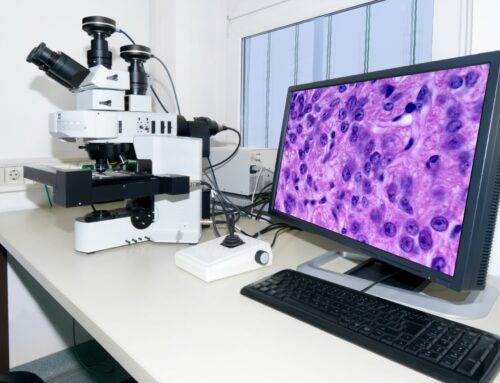By Chip Grant, MD, Founder and CEO at Watershed Health
For a country that has been focused on improving healthcare quality and safety for decades, the U.S. has made alarmingly little progress. Since 2000, outcomes data has remained stagnant at best, and in some cases, has worsened.
Nowhere is this trend more concerning than in post-acute care. In addition to costing the U.S. healthcare system over $40 billion annually, avoidable hospital readmissions are a major cause of morbidity and mortality — and this year, 83% of US hospitals evaluated will receive a financial penalty from the Centers for Medicare and Medicaid Services for too many hospital readmissions.
Who is to blame for hospital readmission?
It depends on whom you ask. Research shows that, while only 2% of hospital providers blame themselves or other providers for any given readmission, patients disagree. In fact, 58% of patients say that the health system is primarily at fault. Interestingly, Independent arbitration more often sides with the patient, attributing almost half of readmissions to a series of “system failures.”
A New Measure — Provider Activation
The concept of patient activation is well established, with countless publications demonstrating the correlation between the Patient Activation Measure (PAM) (an individual’s knowledge, skill and confidence in dealing with their own healthcare issues) and numerous health-related outcomes. However, given what we know about the factors that lead to hospital readmissions, it is clear that improving patient activation alone will not have a sufficient impact on post-acute care outcomes.
Understanding that providers (i.e., physicians, hospitals, post-acute entities) and related system deficiencies are usually responsible for poor post-acute patient outcomes, we highlight a new metric — the Provider Activation Measure, or PrAM. While PAM describes the impact that one individual can have on his or her own outcome, PrAM reflects key behaviors of providers and provider-systems that impact the lives of those under their care. In order to deliver the best post-acute outcomes for patients, providers must begin to focus on their own behavior and system operations to build high-performing healthcare networks that monitor and generate optimal results.
Creating a PrAM Engine
To increase PrAM in a healthcare network, health systems must first identify system failures and provider behaviors that lead to poor patient outcomes. Monitoring these characteristics must then be made continuous and transparent to all network participants in order to perpetually improve quality as well as inform decision-making about referrals and care alliances. Finally, given the fact that a single provider failure in a post-acute network can lead to an adverse patient outcome, the PrAM of all providers and all provider types must be included.
PrAM in Action
In 2014, Watershed Health (Watershed) was founded with the goal of improving patient outcomes in post-acute care by creating an autonomous and self-propagating digital PrAM engine. The technology was first deployed at a single 263-bed hospital in 2015. Since then, the system has been used by more than 800 provider organizations to build over 40,000 PrAM-oriented healthcare networks. Key provider behaviors are revealed through system-based quality assurance with resulting PrAM metrics used to drive the best possible referrals within the platform.
While Watershed data confirms the correlation between better provider PrAM scores and lower hospital readmission rates, payers and health systems have been able to demonstrate both the feasibility and impact of converting to a PrAM-based strategy using a single software platform — some seeing reductions in 30-day readmission rates of over 50%. These results and their financial impact have led payers to take notice of PrAM and become the largest customers of the Watershed platform.
The Future of PrAM
As the notorious bank robber Willie Sutton once said, “I rob banks because that’s where the money is.” Patients have repeatedly told us where the “money is” when it comes to suboptimal post-acute care outcomes, including hospital readmissions. The message is clear — to solve the post-acute problem, providers must focus on themselves, first and foremost. PrAM is the key to building continuously improving post-acute health networks and driving long-overdue progress in patient outcomes.












